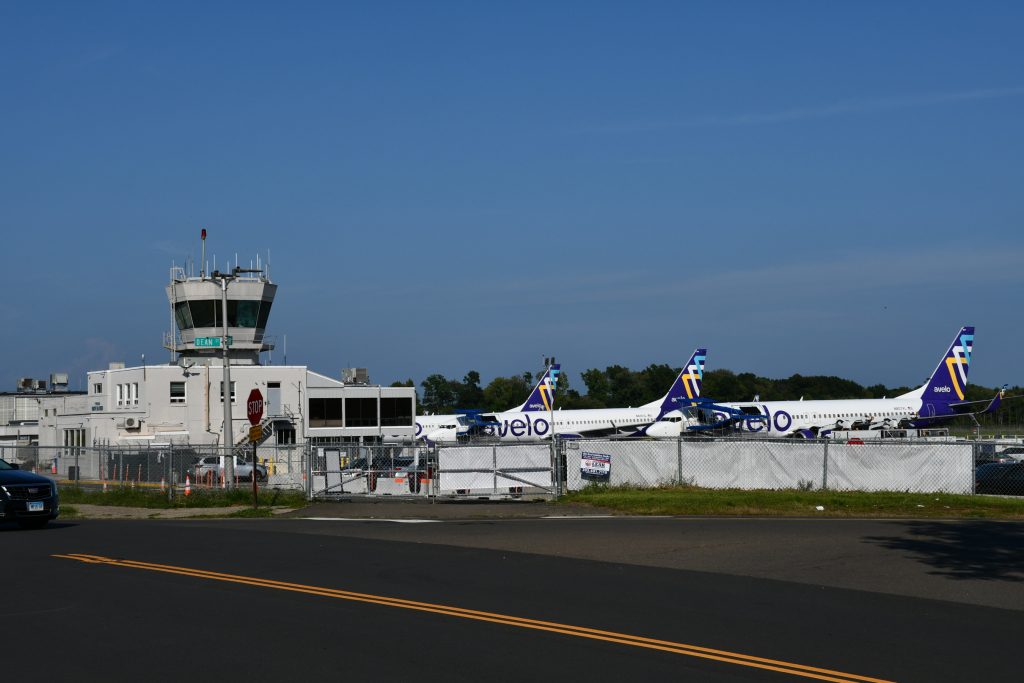
New Haven, CT—Last week, Save the Sound’s legal team filed a brief in our federal court appeal (Save the Sound v. FAA, No. 24-1028 (D.C. Cir. 2024)), continuing our efforts to ensure that the environmental impacts of the proposed expansion of Tweed New Haven Airport are thoroughly vetted and addressed.
“The Federal Aviation Administration has failed to meaningfully analyze and mitigate significant impacts of the proposed expansion, despite the fact that the airport is located in a floodplain, in a residential neighborhood, and in a state-designated environmental justice area,” said Jessica Roberts, staff attorney at Save the Sound.
The brief, filed on November 15 jointly with the Town of East Haven, was the next step in our appeal of a decision by the FAA that we argue improperly concluded that the expansion of the airport would have no significant environmental impacts.
Though the inadequacies of the FAA’s Draft Environmental Assessment (“EA”) were pointed out in great detail by multiple federal and state agencies, the FAA effectively ignored those comments and re-issued their original defective document as a Final EA.
In our brief, we argued that the Final EA failed to consider the actual number of passengers that this expansion would bring to Tweed. While public statements and certain parts of the EA stated that it would attract additional airlines and passengers, the EA concluded that the number of passengers would remain constant, and flights would decrease. This faulty reasoning distorted the FAA’s analysis of noise, air quality, and climate change impacts of the expansion.
We also argued that the EA did not include an analysis of a taxiway that was part of the master plan and will inevitably need to be built to accommodate the larger runway as it is necessary for safety and for compliance with the FAA’s own standards. The reason it wasn’t included is because it will require the filling of tidal wetlands, which is undisputedly a high environmental impact activity and would require a more detailed study.
We also argued that the FAA further failed to meaningfully analyze localized flooding, stormwater pollution, and wetlands impacts, despite numerous calls from experts asking them to do so. The Final EA was vague and inadequate in its discussion of stormwater and wetland impacts. Rising sea levels and intensifying storms put residents of surrounding neighborhoods in harm’s way, necessitating a meaningful analysis of these factors under applicable law.
For these reasons, we argued that the Court should vacate the Final EA and remand it to the FAA with direction to perform a more detailed and comprehensive Environmental Impact Statement that includes necessary mitigation measures.
###
